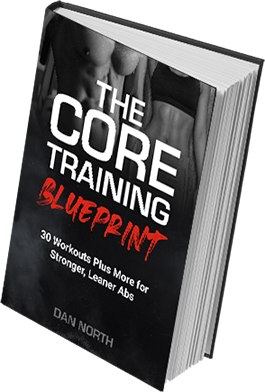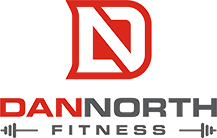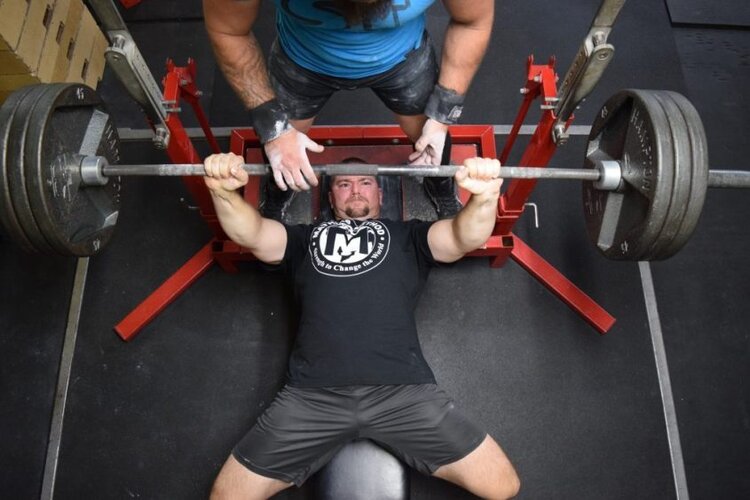
8 Bench Press Mistakes and How to Fix Them
- DAN NORTH
- Bench Exercise Technique Strength Training Tips
The bench press is by far the most sought-after lift in the gym. In addition to its commonality, the number of mistakes you see lifters making every Monday in gyms across the globe is absurdly large.
There’s a lot going on during this deceivingly difficult lift and when you’re not paying attention to some of the finer details, your performance and gains are going to suffer.
Here are 8 of the biggest benching mistakes you need to stop doing right away.
1. NOT WARMING UP OPTIMALLY
You’ve seen it before, maybe you’ve done it yourself.
Monday rolls around and you head to the bench, do a few arm swings, a few reps with the bar, slap on a couple of 45’s, do another few half-ass reps, then add some more weight before going to failure on your second or third set.
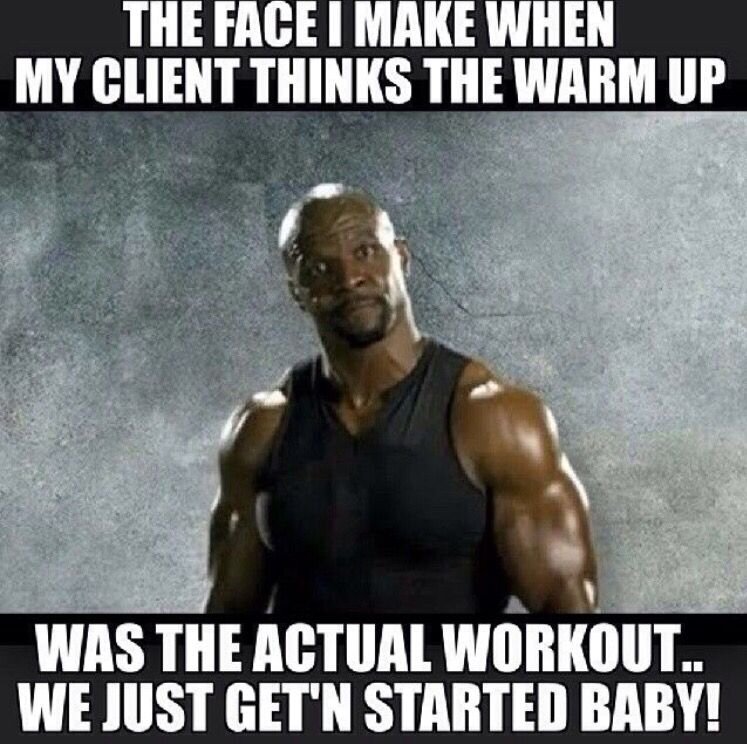
Waste of time. Seriously. You’ll get nothing out of this. You might actually fuck yourself up in the process.
Instead…
Take your warm-up as seriously as you do your working sets. No…I don’t mean run on the treadmill for half an hour before wobbling over to the bench. I want you to start warming up optimally.
How?
No matter how you decide to warm-up before your workout, you want to be sweating with your heart rate elevated, blood pumping, and amped up for the lift in under 15 min (max). Otherwise you’re taking too long and can actually decrease you performance level.
Instead of just doing a few sets with the bar after walking into the gym, try this simple step-by-step warm-up protocol:
- Mobility: Try some soft tissue work first with the foam roller and spend no more than about 30-40 sec just to get the blood flowing.
- Activation: Think of which muscle groups are predominantly working during the bench press (triceps, shoulders, pecs, upper back, core, glutes). Do some light isolation exercises for some or all of these muscles before touching the barbell. Band pull-apart’s, Y-W-T formations, and planks are all great examples.
- Loading: This is where specification comes in. This is the final part of your warm-up that involves mimicking the main movement or lift involved in your workout (in this case, the bench press). Once you’ve done your mobility and activation/isolation exercises, do some light sets on the bench with the bar and slowly add weight as you start to warm-up.
This simple “warm-up checklist” will make you stronger, prevent injury, and maximize your workout tenfold.
2. IMPROPER BREATHING PATTERNS
You need full body tension when lifting weights.
At NO point during the bench press do you want to be relaxed, not for one second.
One of the biggest mistakes you’ll notice people making when benching is inhaling/exhaling at the wrong portions of the lift and therefore not creating what’s known as intra-abdominal pressure (aka core engagement).

DO NOT take a deep air in, and then breathe out just before you un-rack the bar.
Why?
Think of the last time you were really stressed out. Someone might have told you to “calm down and take a deep breath” … because that’s what breathing deeply does, it calms you the fuck down!
Remember, you do not want to be calm or relaxed, thinking about chilling out on a beach somewhere when you have a metal barbell floating above your head. That can end in trouble.
Instead…
Before you un-rack the bar, take a big air in and HOLD your breath as you un-rack it so you can maintain core tension.
Breathe out with a sharp breath as your arms are almost locked out when you press the bar back up and continue this breathing pattern throughout your set.
In a nutshell:
- Breathe in and hold your breathe when your arms are locked and as you bring the bar down to your chest.
- Press the bar back up and breathe out sharply when your arms are nearly locked.
This is going to help you create and maintain full body tension, which is what’s needed in order to get the most out of the bench press.
3. TOO FAR FORWARD OR BACK WHEN UN-RACKING THE BAR
Positioning during your set-up is huge when it comes to performing any exercise optimally, especially the bench press. You want to have great positioning right from the start before you un-rack the bar because it’s pretty damn tough (and unsafe) to try to correct yourself once you’re holding weight.
Two common mistakes you’ll see during the set-up process are either…
- Positioning yourself too far away from the bar (excessively forward on the bench).
- Positioning yourself too close to the bar (excessively back on the bench).
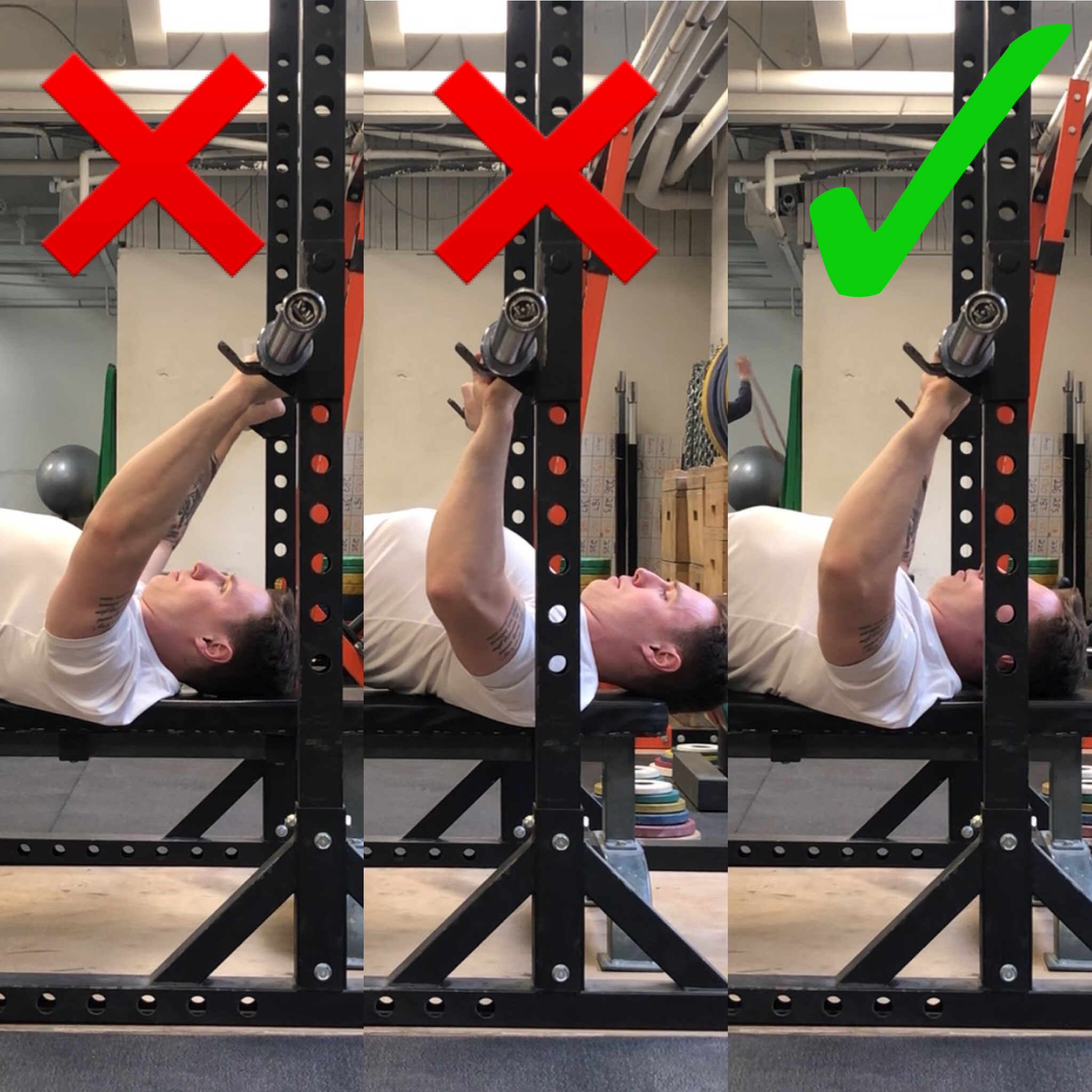
You want something in-between. Ideally, you want to pull the bar off the rack.
So where should you set up for the bench?
Have your nose directly underneath the bar as you’re setting up. This is going to allow you to pull the bar off the rack from slightly behind you (as opposed to pressing it off if you are too close). This engages your lats which are two of the biggest supportive muscles of the back used during the bench press.
4. FEET LIFTING OFF THE FLOOR
Ever notice people flailing their legs about as they struggle to press the bar up? As if somehow bringing your feet off the floor is going to make you stronger?
This probably isn’t your best bet.
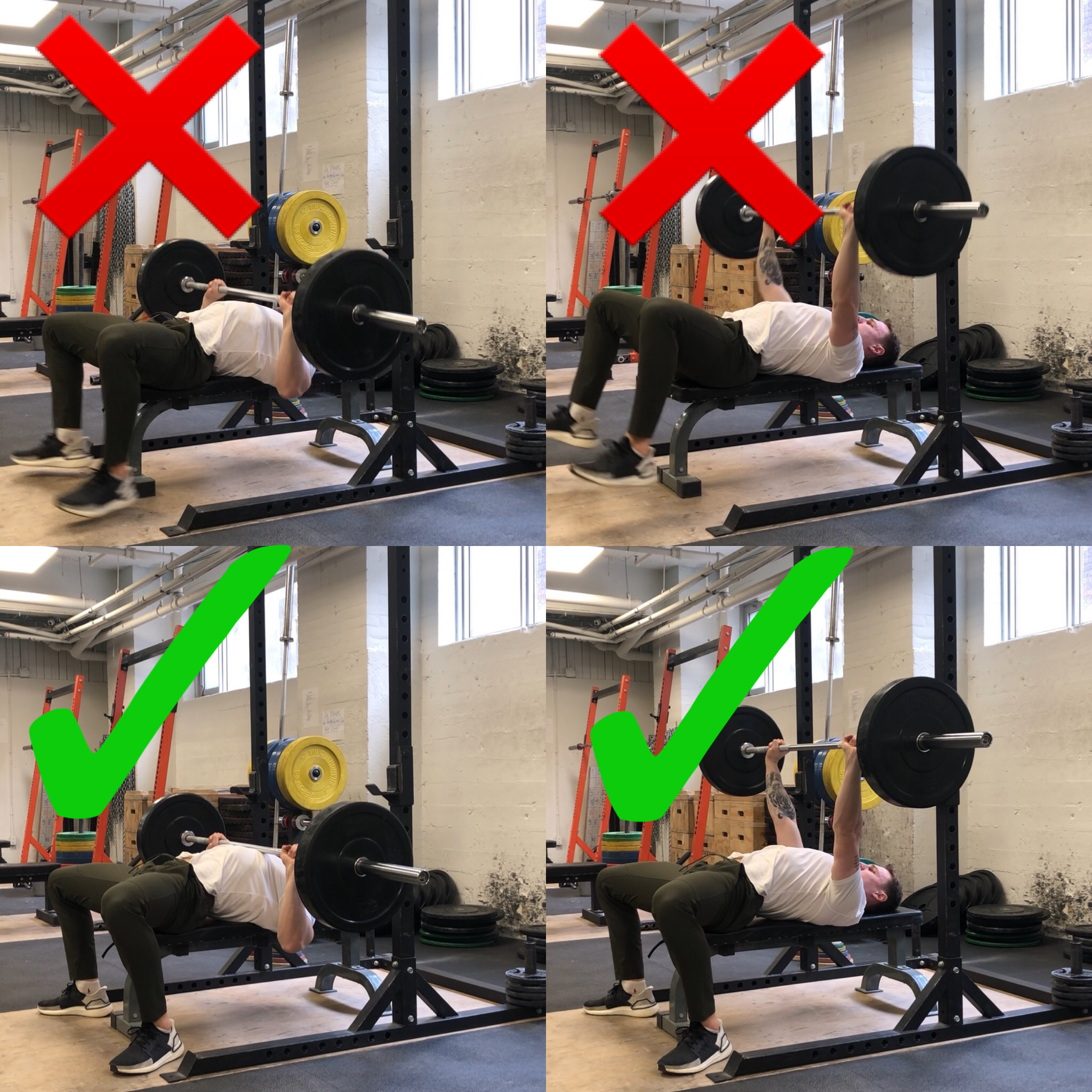
Let’s talk boxing. Ever hear the phrase, “sit down on your punches”? That’s because all of your force is generated from the ground up.
Same goes with weight lifting. You want to drive through the floor as hard as you fucking can while pressing that bar up.
5. FLAT BACK
Having your back flat on the bench does have its time and place. If you’re looking to isolate your pec muscles for hypertrophy (muscle build) gains, this is ok.
But if your goal is to get stronger on the bench, then you want to arch your back and hug the bench with your shoulder blades.
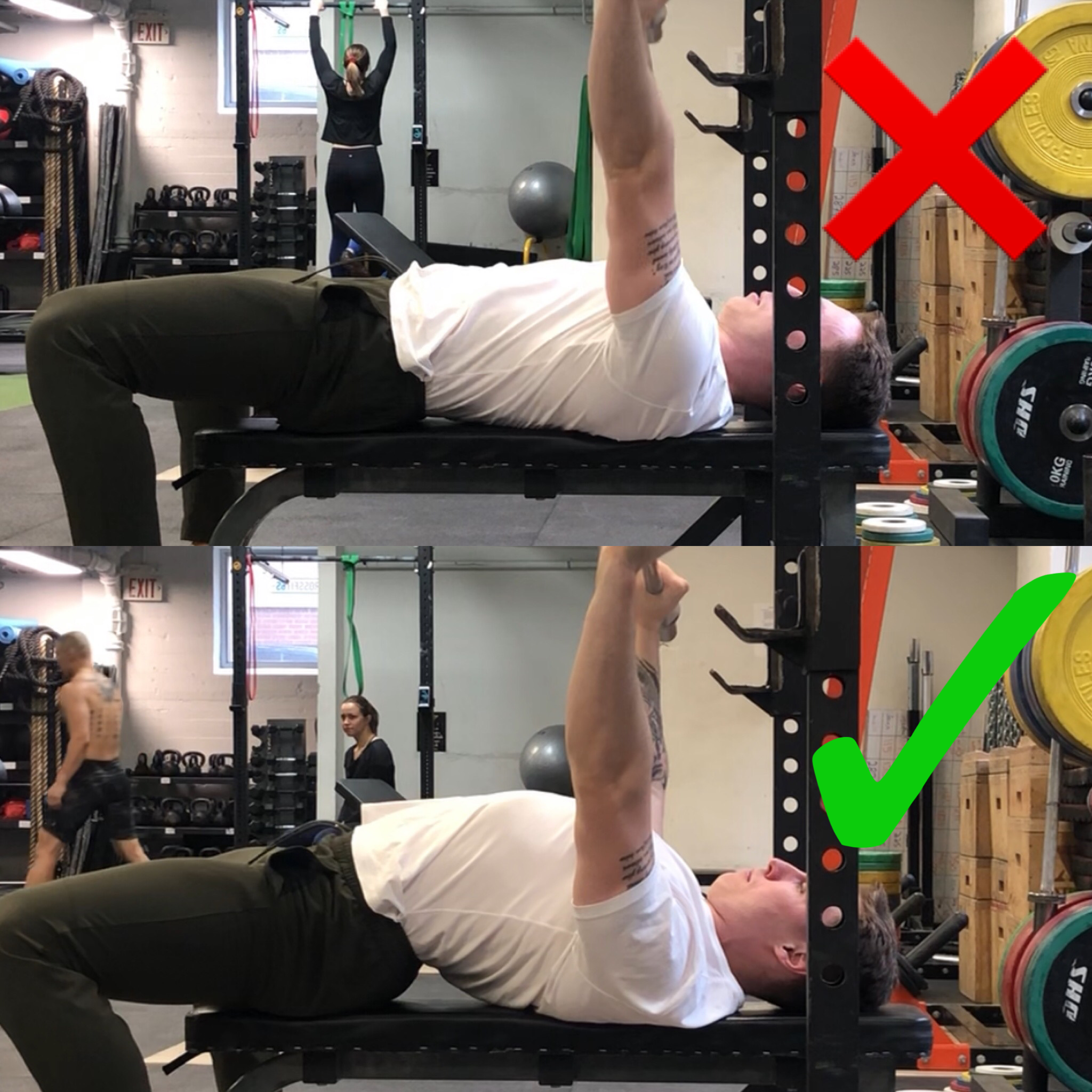
Bottom: Arched back creates stability, reduces range of motion, and increases power generation during the bench press.
This does a few things:
- Creates better stability by “hugging” the bench with your shoulder blades
- Reduces range of motion (bar has to travel less distance)
- Engages supportive upper back muscles
6. PRESSING OUT OF YOUR ARCH/SHOULDERS LIFTING OFF BENCH
Another common mistake is to “press out of your arch” and let the shoulders come off the bench at the top of the press. I can understand why this might happen. You might think since you’re trying to push the barbell UP, then it would make sense to push your shoulders in that direction as well, letting them raise off the bench.
But…
You’ll find that pressing your shoulders BACK into the bench as you press the bar up is way more effective.

Bottom: Pushing your shoulders back into the bench while maintaining your back arch throughout your set greatly increases your overall strength and stability.
Remember…your force is generated from the ground up so you want to create as much stability as you can throughout your body by applying force through the stable surfaces you’re attached to (in this case, the floor and bench).
So push those feet down and those shoulder back!
7. NOT MAINTAINING A LINEAR BAR PATH
The straighter the bar path, the stronger the lift.
I like using the following visual with my clients…
Let’s say someone recorded you benching from a side view and when you played the video back, your body was taken out of the video and it as just the barbell showing. You want to see the barbell going up and down in a straight line.

Middle: Bringing the bar down to your upper chest/neck and pressing it forward towards your stomach.
Bottom: Bringing the bar down to your chest and keeping it above your chest as you press it back up in a straight line.
A common mistake is to bring the bar down to the chest and press it back towards the rack or forehead. You lose power doing this and are creating a longer distance for the bar to travel. Not optimal.
Instead, bring the bar down to your chest and keep it above the chest as you lockout your arms. This creates a shorter range of motion and a linear bar path which is what you want when you’re lifting weights.
Remember, when it comes to weight lifting…the straighter the line, the stronger the lift.
8. EXCESSIVE ELBOW FLARE
Elbow flare is a huge issue when it comes to benching and is all too common. Usually it’s because your grip is too narrow and your elbows have nowhere else to go.
If your elbows are flaring outside of your wrists, try this protocol.
When you bring the bar down to your chest, your forearms should be vertical.

Bottom: Wrists directly above elbows with your forearms vertical to the ceiling at the bottom of your press increases power potential.
Why? An easy way to think of it is since you’re trying to push the barbell UP, you want your forearms to be facing in that same direction.
KEY POINTS
- The bench press is a full body lift.
- Always get a good warm-up in before benching to reduce your risk of injury and improve your performance in the gym.
- Have your nose underneath the bar when setting up.
- Arch your back.
- Pull the bar off the rack to engage your lats and supportive upper back muscles.
- Drive your feet through the floor.
- Drive your shoulders back into the bench.
- Keep the bar above your chest in a straight line throughout your set.
If you any questions at all about today’s post, please shoot me a message down below!


